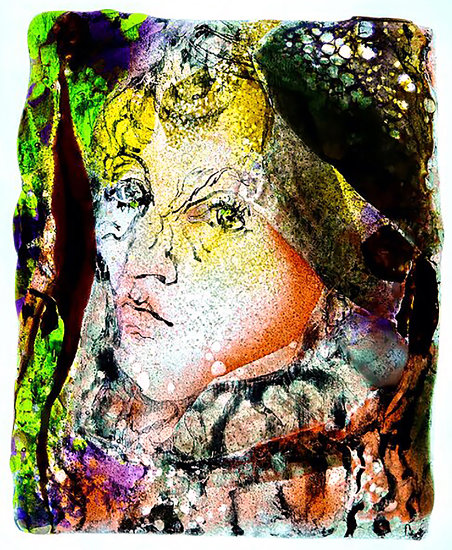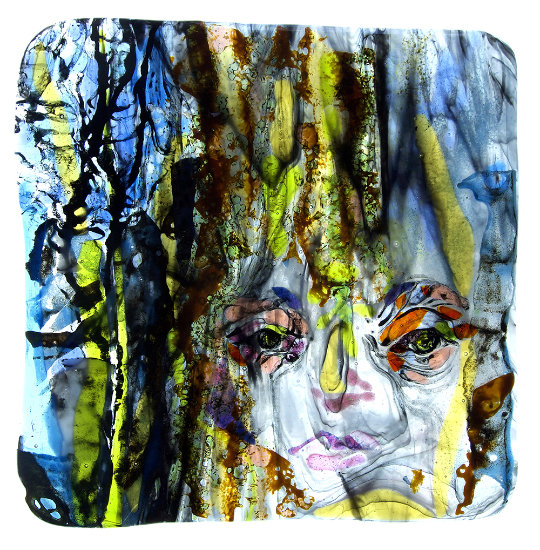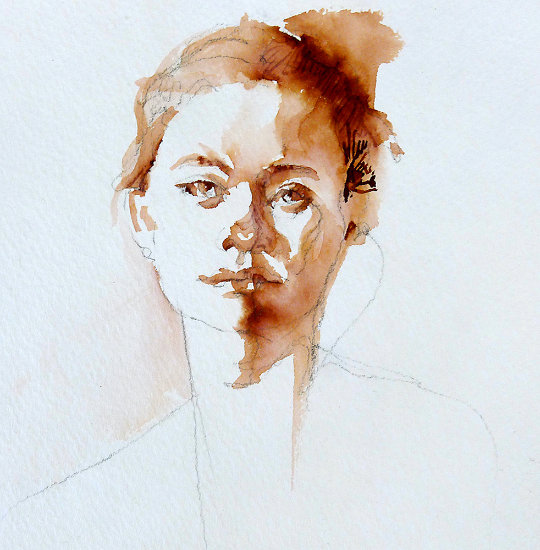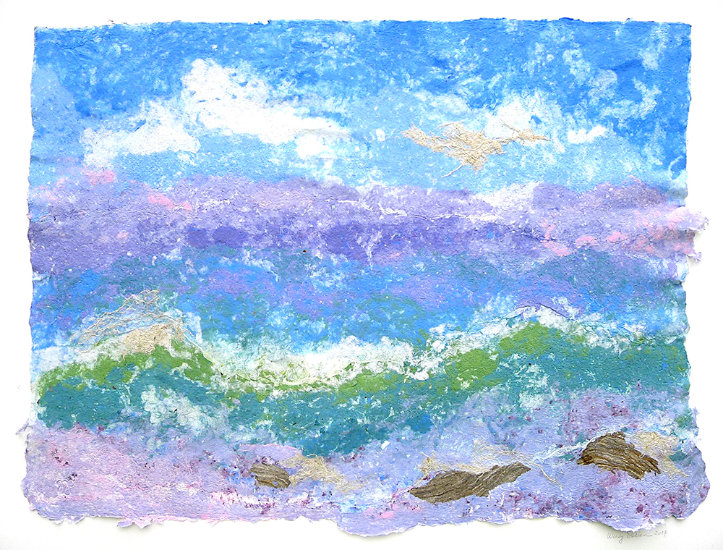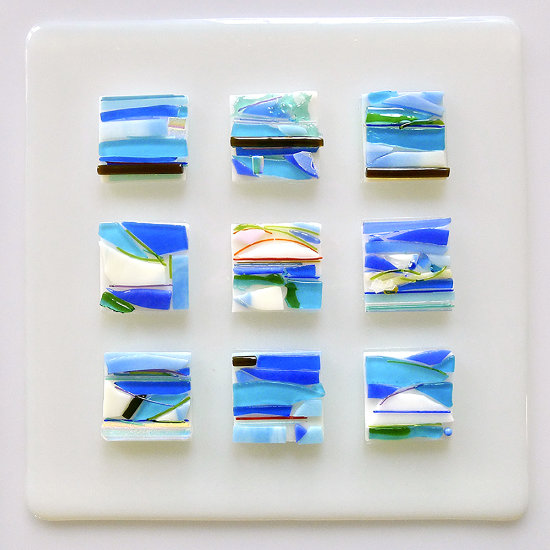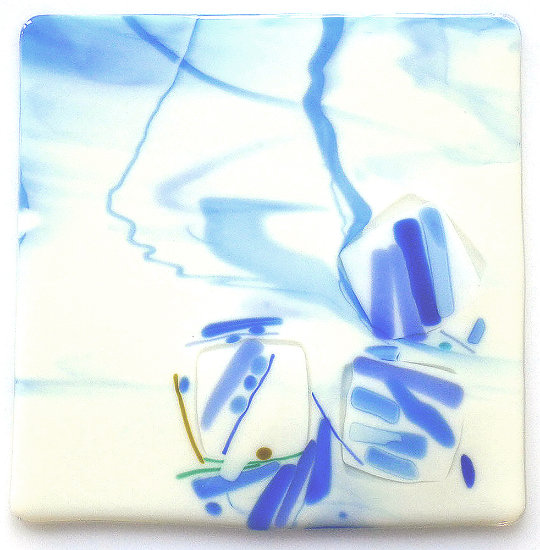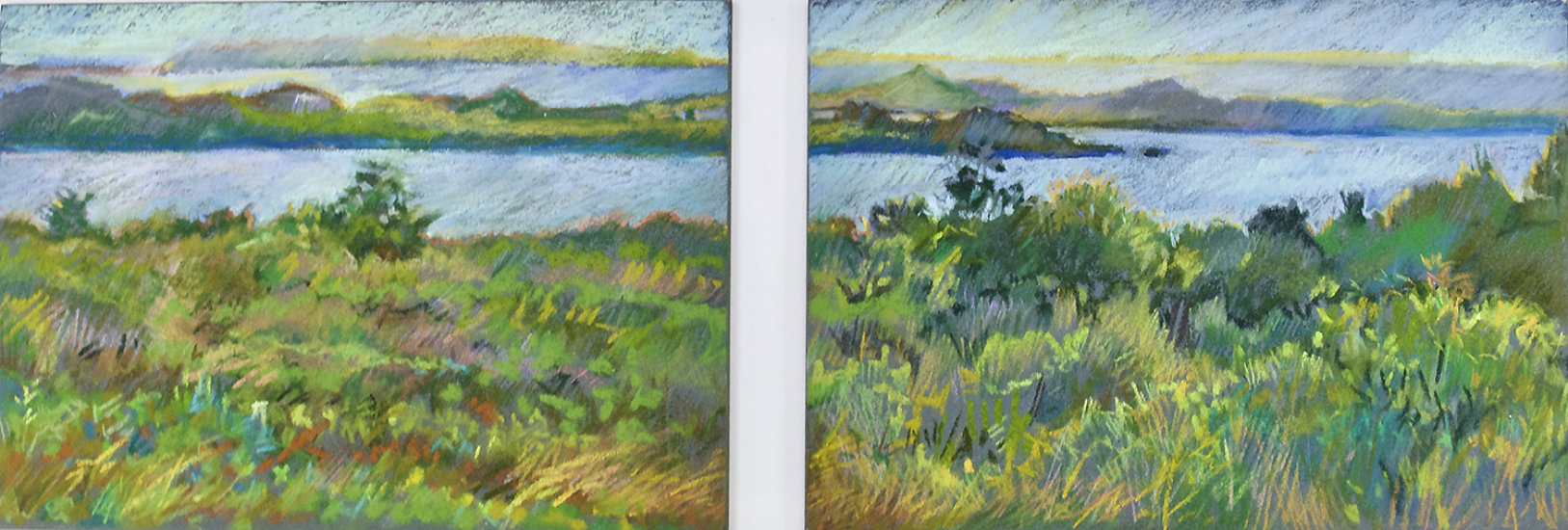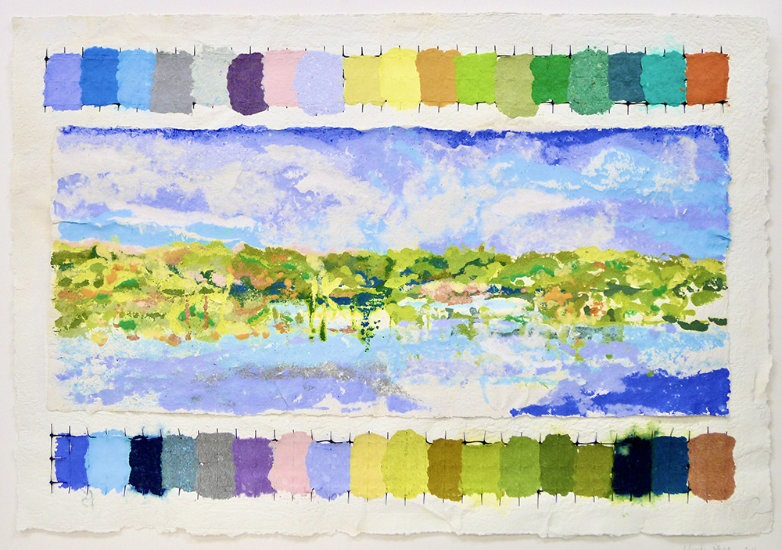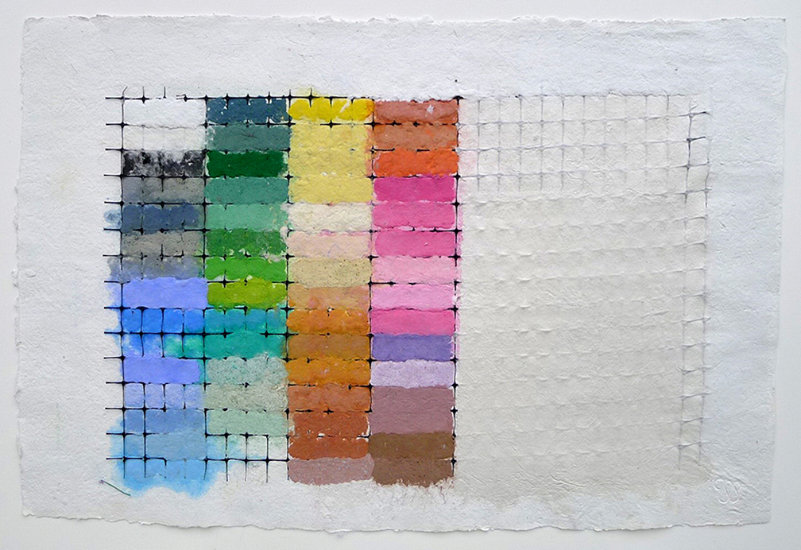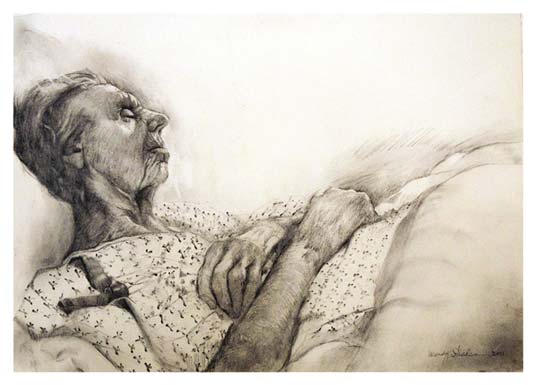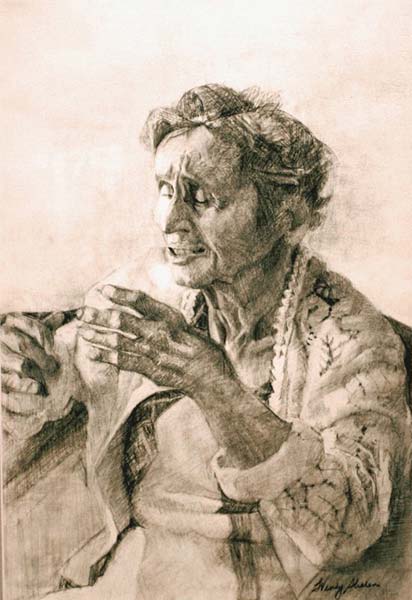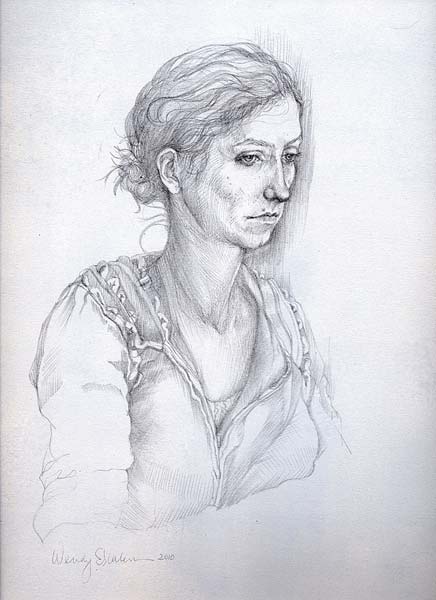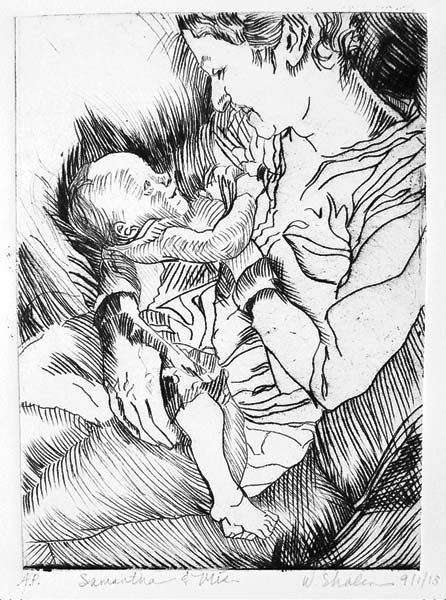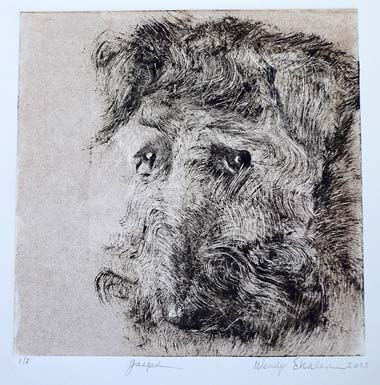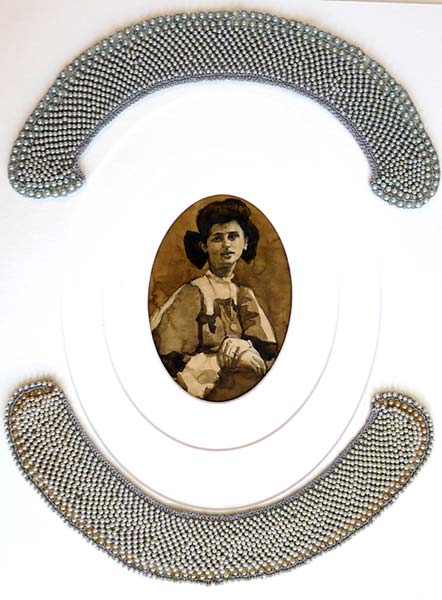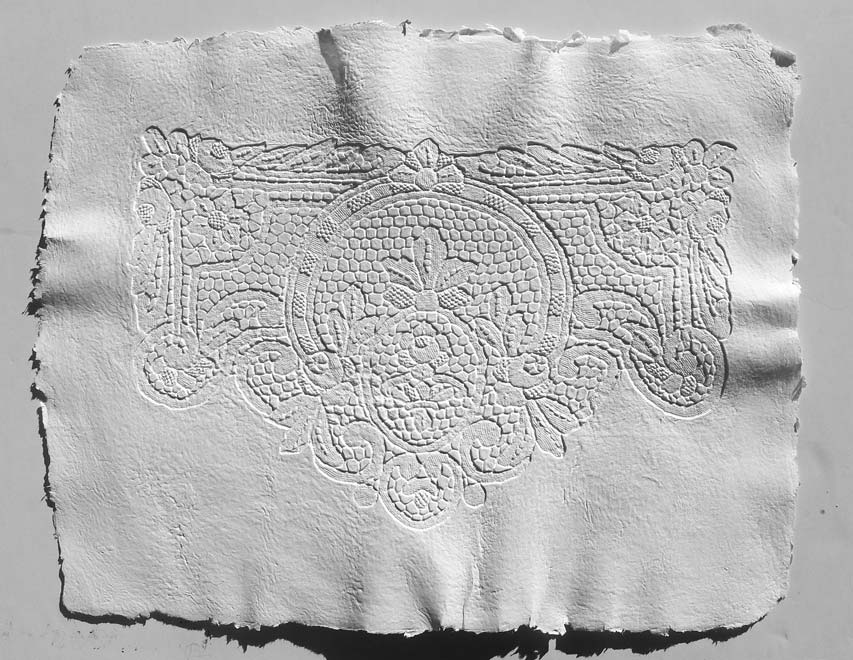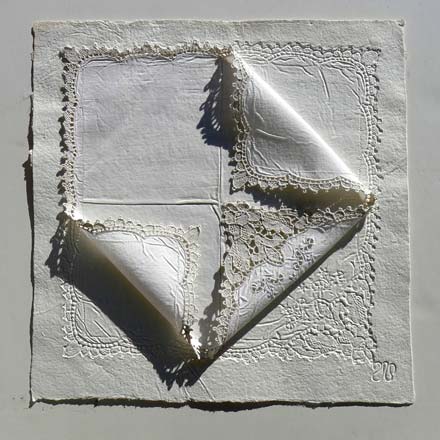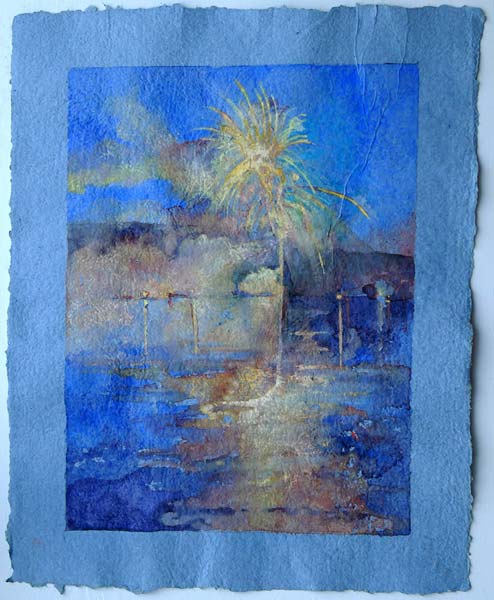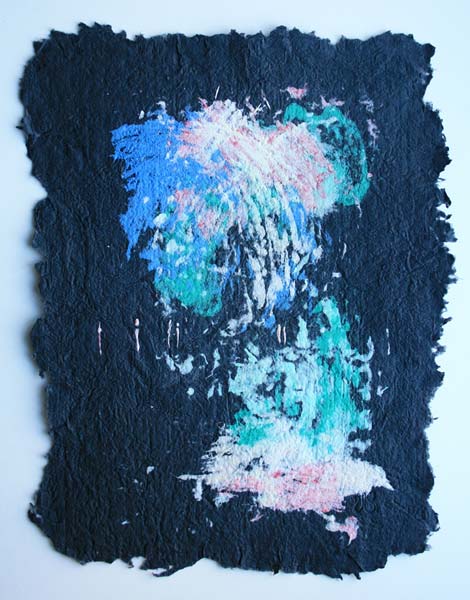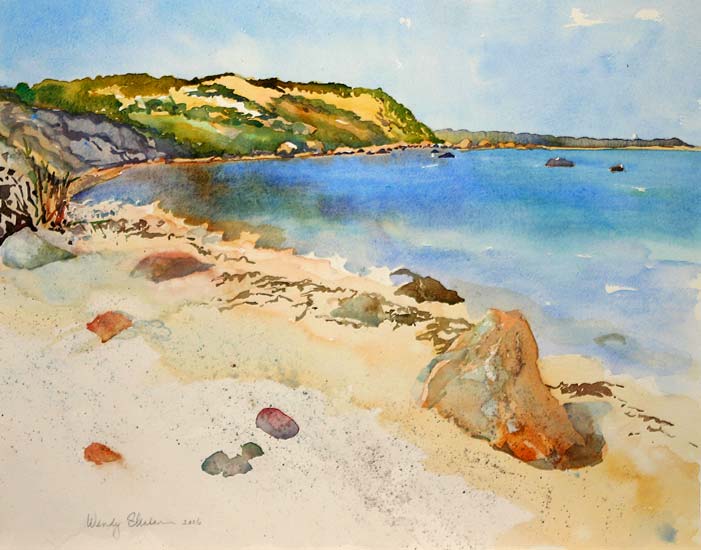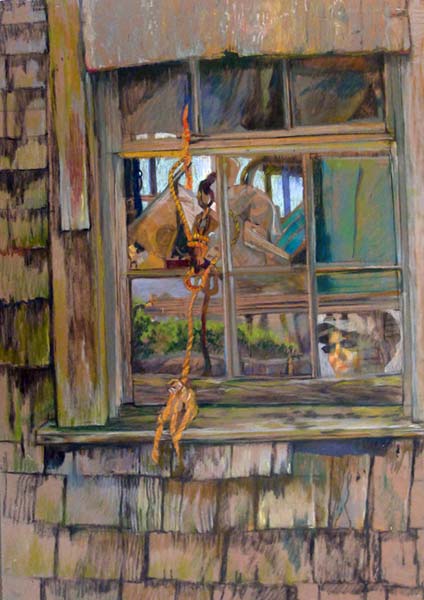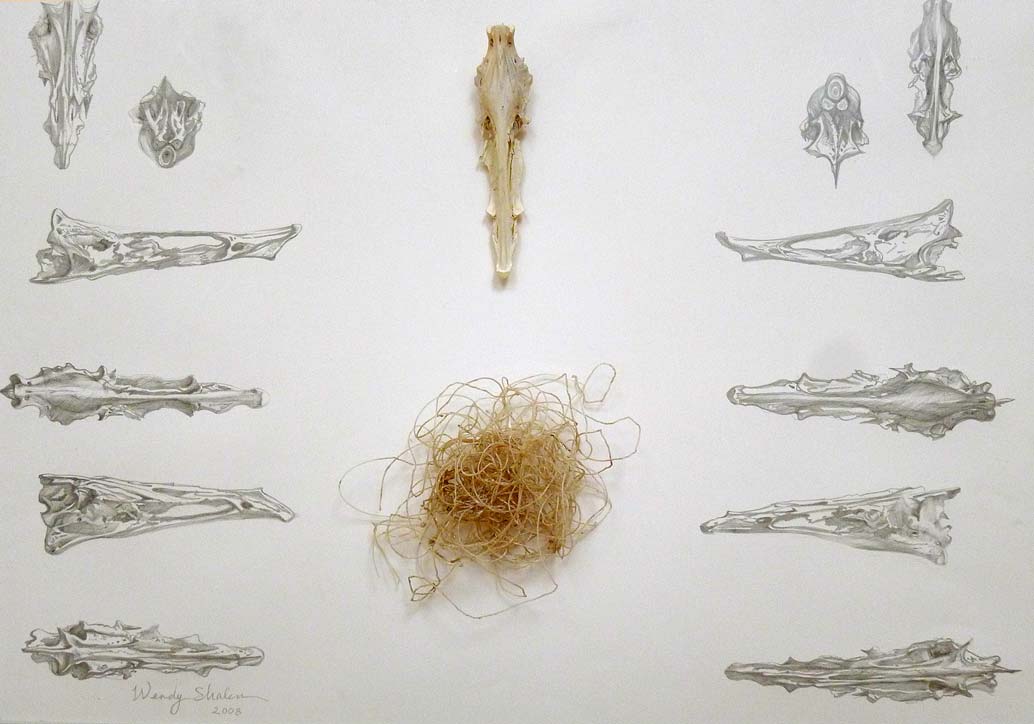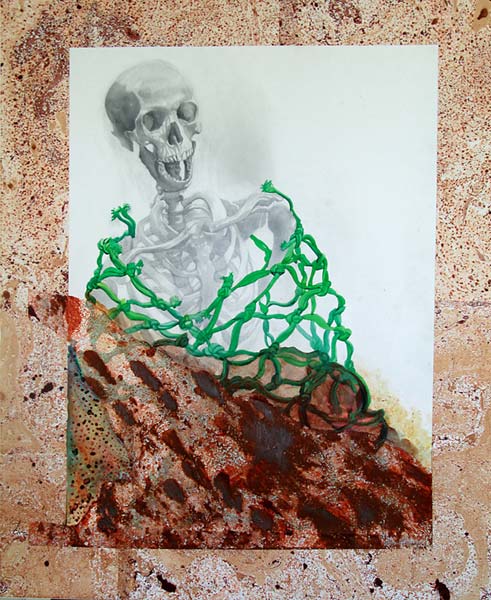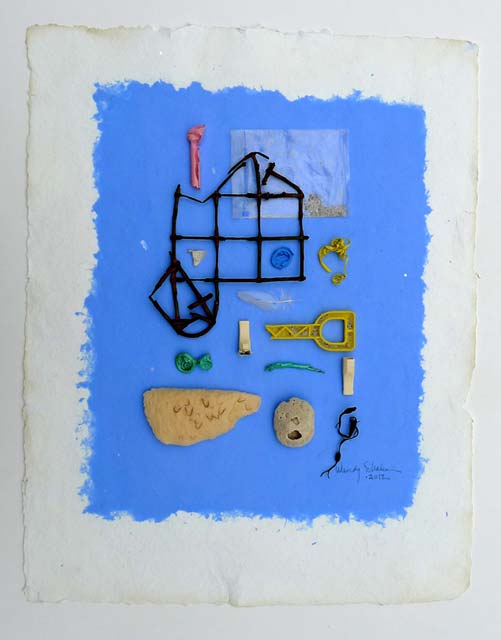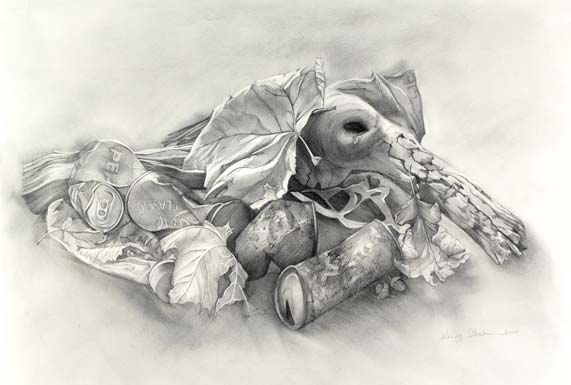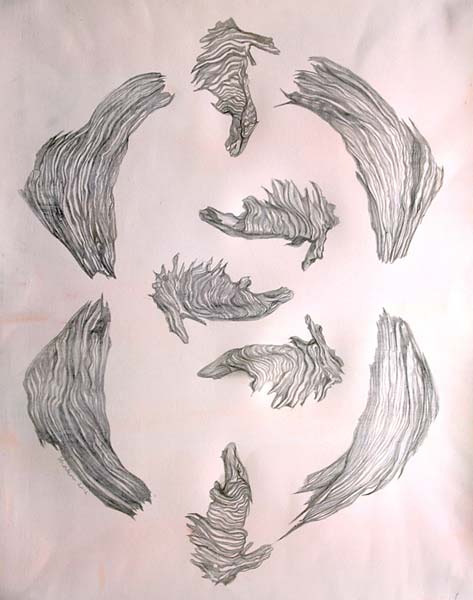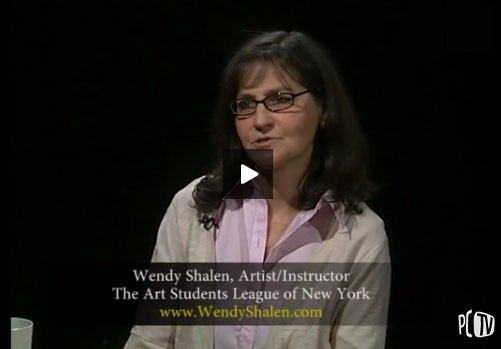Slideshow
click above icon for full-screen slideshow
Bio
Wendy Shalen is an award-winning artist whose work has been featured at numerous galleries, museums and private collections, including Abbot & Holder (London), Allan Stone Gallery (New York), Housatonic Museum of Art (Bridgeport, CT), Katonah Museum of Art (Katonah, NY), Morris Graves Museum, (Eureka, CA), The National Academy of Design (New York), The National Arts Club (New York), Prince Street Gallery (New York), Salmagundi Club (New York), Silvermine Guild Galleries (New Canaan, CT), Cavalier Galleries (Greenwich, CT) and Fielder & Fielder (Martha’s Vineyard, MA), Carol Craven Gallery (Martha’s Vineyard, MA) and Gardner-Colby (Martha’s Vineyard, MA).
Education has long been an essential element of Shalen’s creative approach. For over 35 years, she has taught figure- and landscape- drawing and painting courses, as well as portfolio development seminars. At The Art Students League of New York (Manhattan and Sparkill campuses) and at Silvermine Guild School of Art (New Canaan, CT), Shalen has taught courses in Drawing and Painting from Life, Portfolio Development, Landscape Painting and Self-Portraiture, and French Inspired Drawing at the Metropolitan Museum of Art. She has served as a visiting critic at Harvard University’s Graduate School of Design (Cambridge, MA), and chaired a number of lectures and seminars, including art workshops at the Katonah Museum of Art, and in the Metropolitan Museum of Art’s Prints & Drawings Study Room.
Shalen curated the well-received Antonio Frasconi: Woodcuts, Posters & Political Work at Art/Place Gallery (Southport, CT) in 2005. Since 2003, Shalen has organized more than two dozen rotating exhibitions at the Northern Westchester Hospital on behalf of the Katonah Museum Artists Association.
A graduate of Brandeis University, Wendy Shalen studied at the Art Students League with Daniel Greene, Harvey Dinnerstein and Robert Beverly Hale and privately with Burton Silverman. The artist is a member of The Prince Street Gallery at 530 West 25th Street, New York, NY and maintains a studio in Waccabuc, NY.
Additional information and images can be found on: www.wendyshalen.com
Statement
I have drawn the figure from life and the plein air landscape for many years, working in multiple media (graphite, charcoal, reed pen, silverpoint, watercolor, pastel, oil palette knife on shingles) and monotypes, usually creating work in a series. I am fascinated by trying to capture the portrait ~ the spirit and body language ~ of the model and the changing atmosphere in a landscape.
In my recent show, Family Matters, I drew inspiration from my 101 year old mother, my baby granddaughter, other relatives and our family dog. The show focused on contrasts ~ between generations, sensibilities, materials and techniques. Building on a series of vintage lace embossments from this show, I continue to use my grandmother’s vintage lace, to emboss its impression in wet pulp. The pulp is macerated from my unsuccessful watercolors, and I recycle the lace and the pulp, hoping to bring new life to both.
I am currently captivated by handmade paper and create abstract landscapes out of cotton, abaca and kozo pulp, and added pigment. For these pieces, I begin with a plein air watercolor or oil landscape and deconstruct the colors, transposing the paintings into color swatches of vibrant colored pulp.
Living in the country has given me great appreciation for the nature that surrounds us. In a group of graphite drawings created from trash found while walking in the woods, along roadways and at the seashore, I have tried to shed light on what we are thoughtlessly doing to our environment. I create abstracted handmade paper pulp landscapes, adding seaweed, wasp nests, string, leaves, clay, sand, rope and washed ashore debris to expose the environmental problems facing our oceans. “Nightmare” is a reaction to the terrible disaster brought on by the explosion of the offshore oil rig in the Gulf and to our treatment of the living ocean.
In the seascapes in the Washed Ashore Series, debris including discarded plastic, styrofoam, rubber, computer chips and nylon fishing line is camouflaged as it is to sea turtles, albatross and dolphins, who think the plastic is plankton, are caught in the fishing line, grow encumbered and strangled by six pack holders or become immersed in rusty colored oil slicks. At a distance, the objects appear to come alive in a beautiful setting but at close range they reveal an environmental catastrophe. I just want us to notice what we are doing.
Silverpoint drawings in my Human Nature Series depict objects I find in nature that communicate. “Hydrangea Roots”, for example, are observed to have human faces and gestures and to interact whimsically with each other.
